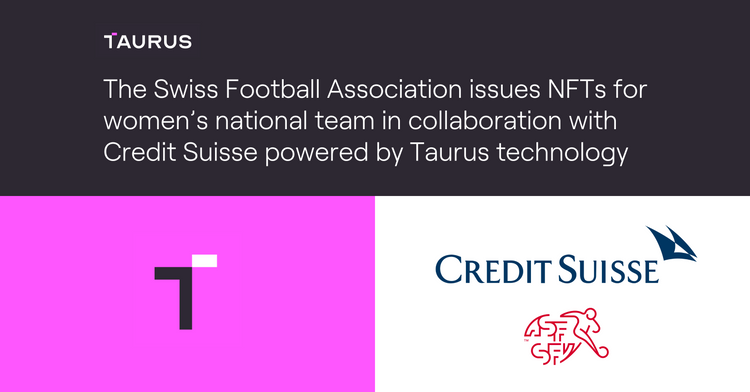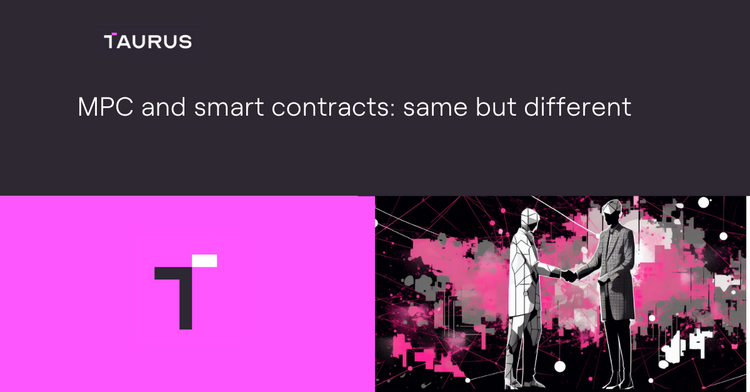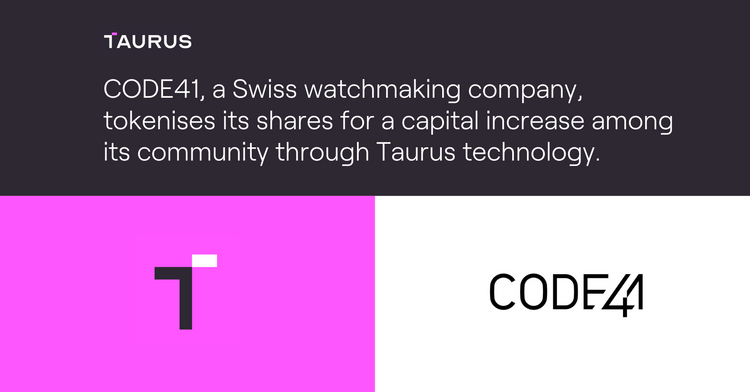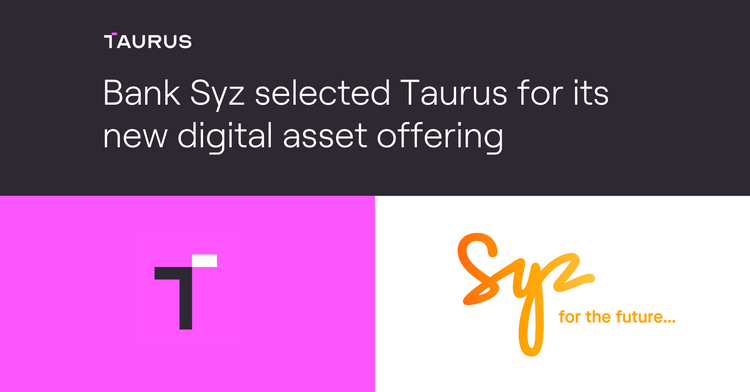What is Ethereum 2.0?
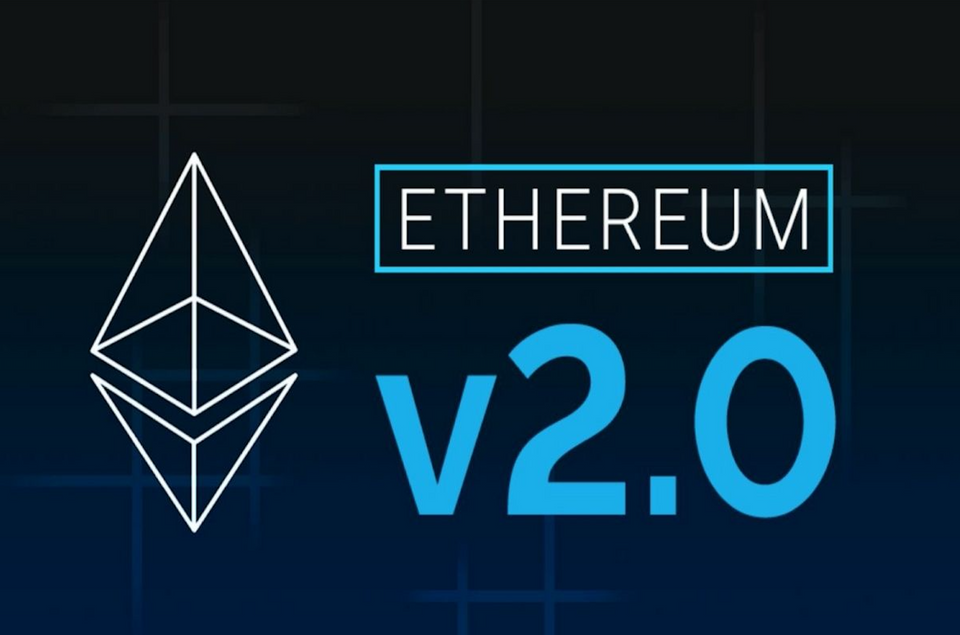
I. Eth2 in a Nutshell
What's Wrong with Ethereum 1.0?
Ethereum 1.0’s main problem is speed in terms of transactions per second (TPS). Whereas the current Ethereum can only process approximately 15 TPS, Eth2 should reach up to 100,000 TPS according to Ethereum’s founder Vitalik Buterin. The dramatic rise in transaction fees (gas price) during the summer 2020 has illustrated the inability of Ethereum network to properly absorb a surge in activity. Other issues that Eth2 will address are the high energy usage (fixed by proof-of-stake) and the large disk space requirements for nodes (fixed by sharding).
What Will Change?
Fundamental technical changes will be integrated gradually in order to make Eth2 more scalable than its predecessor. These changes include:
- A proof-of-stake (PoS) consensus protocol, which will ultimately replace the compute-heavy, and environment-unfriendly proof-of-work system. PoS are also expected to bring defense against 51% attacks, by preventing malicious players from claiming their tokens if they attack the network.
- Chains sharding, or a method to split the main blockchain into multiple "smaller" chains that can work in parallel, and therefore make the overall system way more efficient.
- A new virtual machine, which is essentially the computing system processing smart contracts. The legacy Ethereum Virtual Machine (EVM) will be replaced by a new one (eWASM) based on the WebAssembly technology, which will be faster and will allow developers to code in general-purpose languages such as JavaScript and Rust.

When Will Eth2 be Live?
We do not expect the go-live to happen before 2022, in its full version: the upgrade will happen in phases:
- The "Beacon Chain" is the foundation of Eth2 and should go live on December 1, 2020, however you will not be able to use this chain to run your tokens and applications.
- The "Shard Chains" is the second series of upgrades expected in 2021. These will provide the data access and storage layer, but will not yet execute code.
- The "Docking" is the final phase where the Eth2 updates will merge with Ethereum 1, and when proof-of-stake will replace the proof-of-work system. This will not happen before 2022. Ethereum 1's mainnet as it is will then stop working, as Eth2 will take over.
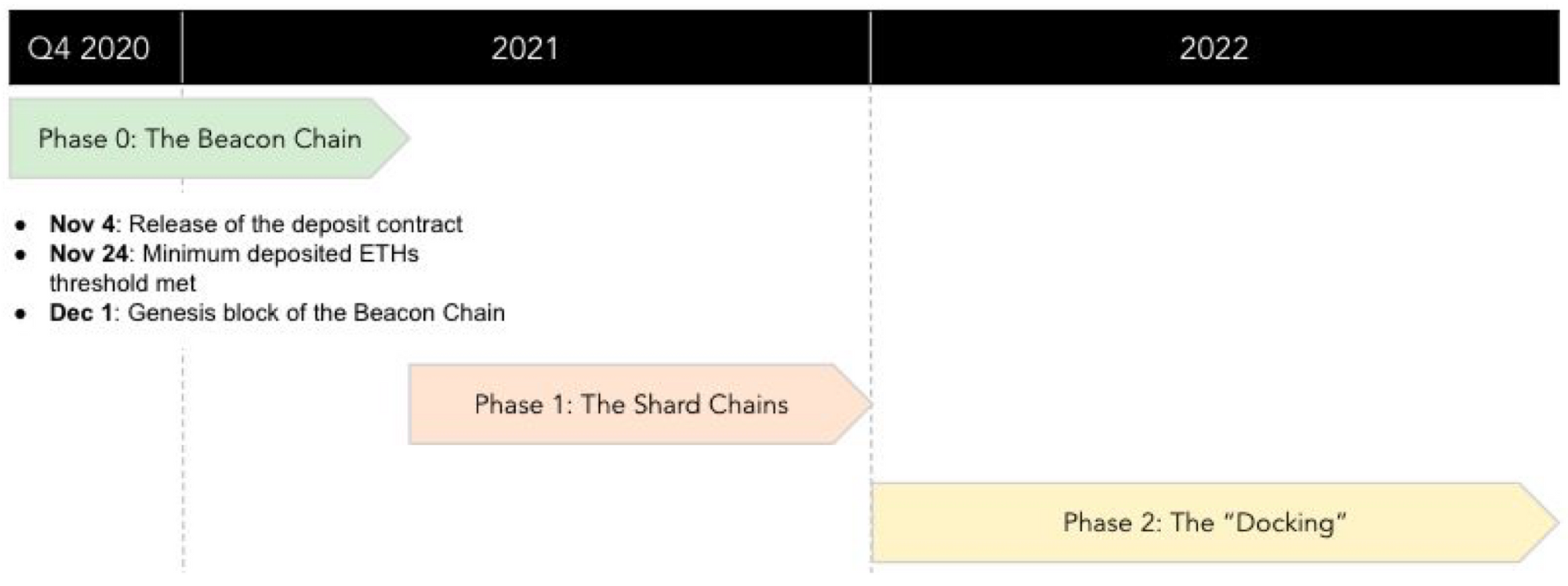
How to Prepare?
The technical details of the last two phases of Eth2 are not fully determined yet, let alone specified. You may nonetheless get familiar with Eth2's technology being developed to support the Beacon Chain, and try the nodes and client software components available. You may also consider contributing to staking, as we'll discuss later in this article.
To find out more about Ethereum 2.0, read more here. In this article, Taurus provides an overview of the main changes to expect,and advice regarding how to prepare for the new Ethereum generation.
Section I provides an executive summary. Section II describes in further details the roadmap towards Eth2. Section III and IV cover staking and economics of the new version, while section V provides links to further reading about Eth2 and its internals.
Further reading on Consensys' FAQ about Eth2:

